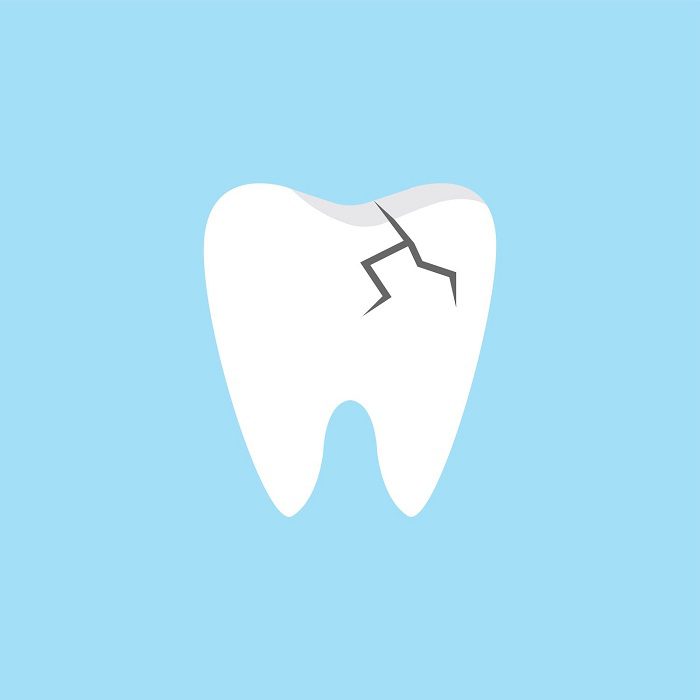Your teeth feature a hard, durable outer layer called enamel that keeps the more vulnerable interior safe as you endure wear and tear from routine chewing and biting. Normally, you perform oral functions like these without any issues, but accidents can happen that may cause a tooth to crack or break.
A fractured tooth could disrupt your smile’s appearance, but this dental injury also leaves your tooth at risk of many oral health concerns. So do not ignore this problem or you could face severe and irreversible consequences for your smile. Seek urgent evaluation from your dentist if you suspect you suffered tooth breakage.
Even if you do not notice severe symptoms, you should contact your dentist right away about a broken tooth. You can feel more encouraged to pursue the treatment you need when you know more about this dental problem. Read on to discover signs you might have a fractured tooth as well as how your dentist can treat this dental emergency.
Symptoms of a Fractured Tooth
A common sign that you have a fractured tooth is a visible crack or chip on the tooth’s surface. This breakage worsens if you do not visit your dentist for urgent treatment of this problem. Then you might also start to see discoloration affecting the tooth.
Another primary symptom of a fractured tooth is pain, though the type of discomfort may vary. You might feel a constant ache in the tooth that worsens when you exert pressure by biting or chewing. Sharp, intermittent pains can also occur in a fractured tooth.
Tooth sensitivity can also develop if you break a tooth. This happens when damage to the tooth enamel exposes nerves within the tooth. External stimuli will cause these nerves to send pain signals to the brain that fade at the removal of the stimulus.
Patients with a fractured tooth might also see swelling around the tooth, including in the jaw. And sometimes, a broken tooth does not have noticeable symptoms at all. But your tooth could still be in danger, so talk to your dentist promptly if you suspect an injury in your tooth.
Treatment Options for Tooth Breakage
A dentist will recommend different treatments for a fractured tooth depending on the location of the injury. A crack in the cusp, the visible portion of the tooth above the gumline, may need a dental crown to treat the breakage. The ceramic cap will shield the tooth, restoring the structure while preventing further dental harm.
If the fracture extends below the gumline to the tooth’s root, the dentist cannot reach the injury to treat it. So the dentist may need to extract the tooth to prevent an infection. However, sometimes the dentist might only need to remove the damaged part of the tooth.
The dentist will evaluate the injury using x-ray imaging to reveal the extent of the damage. They will let you know the treatment you can expect when you attend an emergency dental appointment for this problem.

